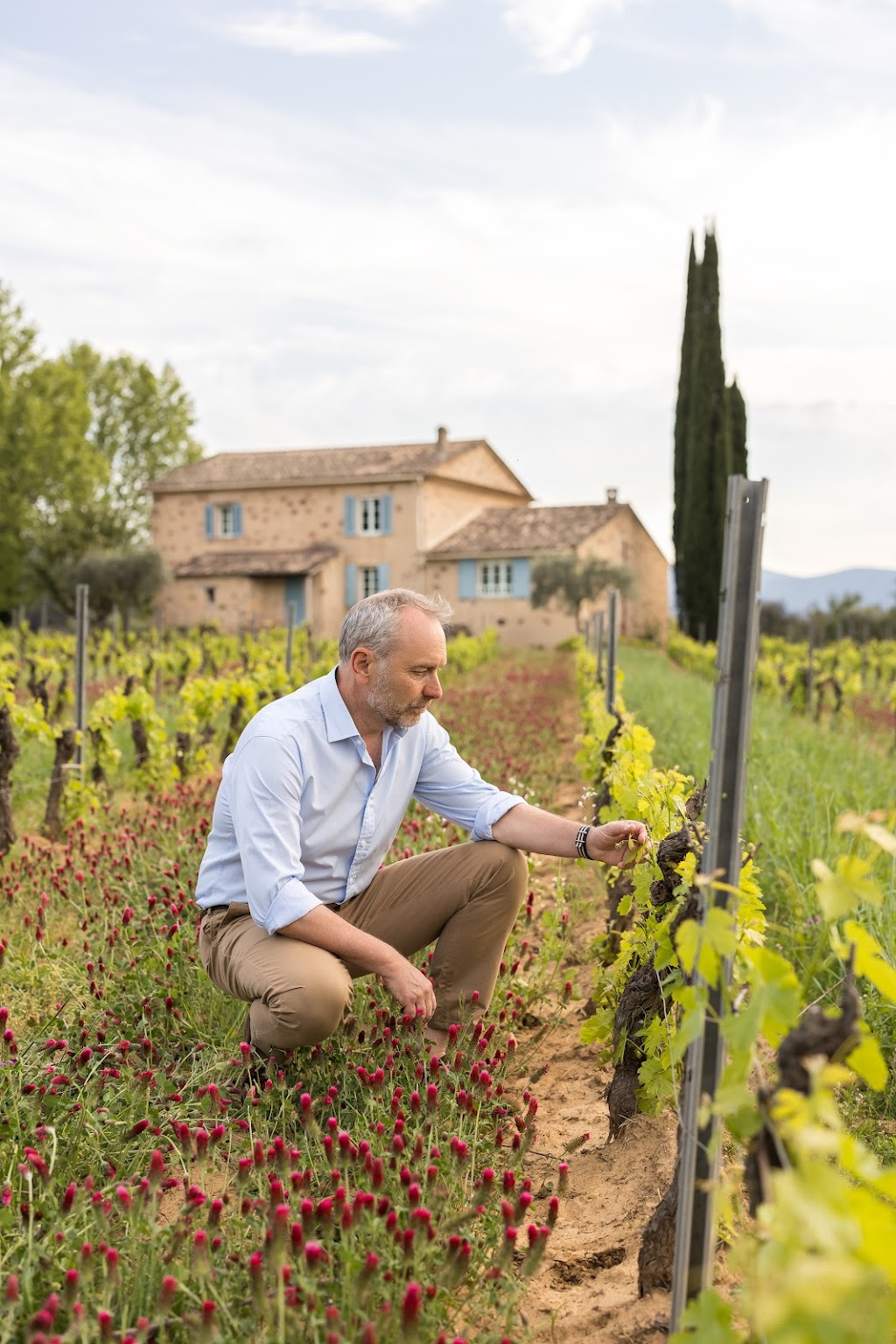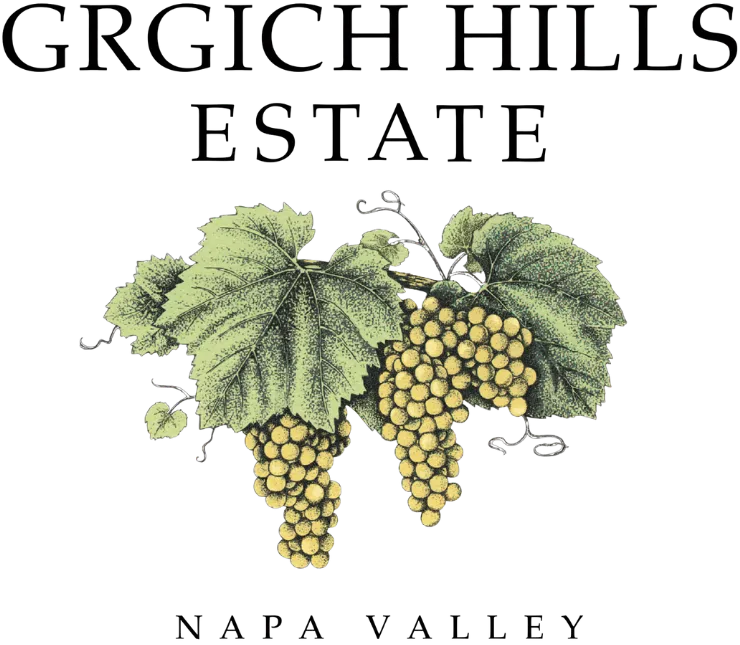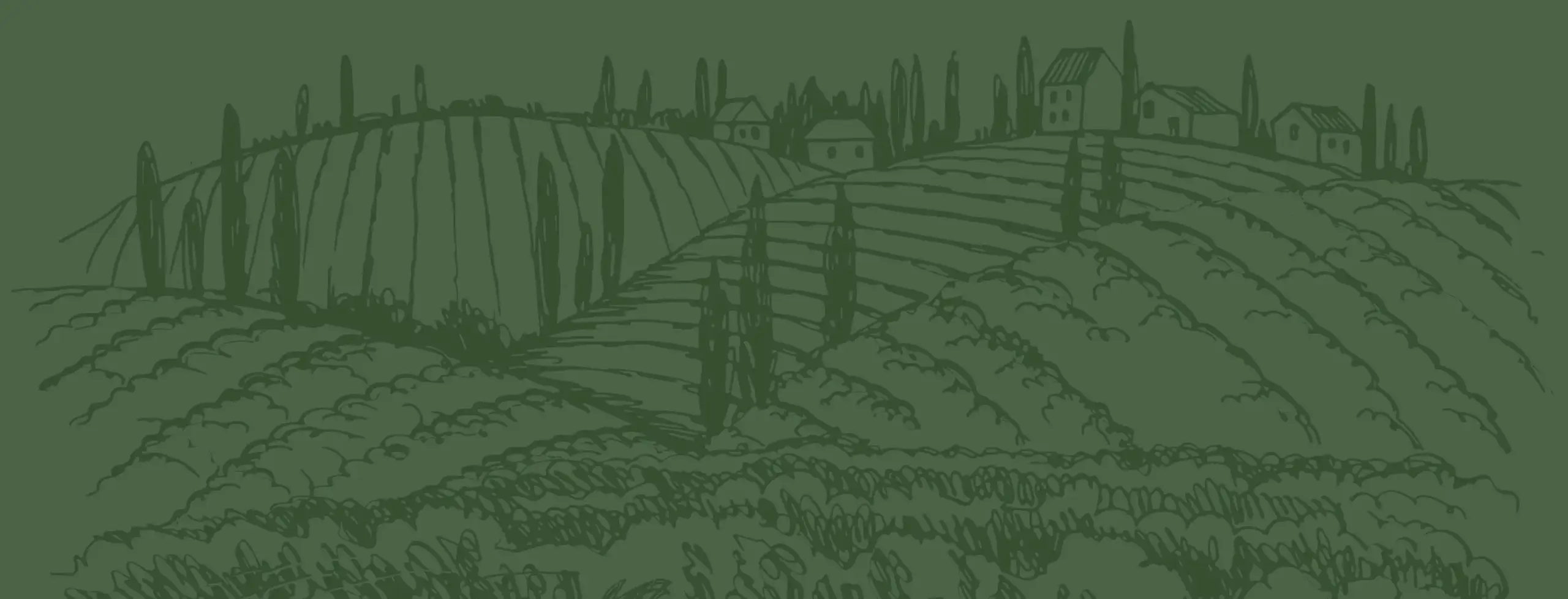Certification
To certify as regenerative or not to certify, that is the question.
Well, it’s certainly the question on many growers’ minds, judging by the enquiries coming in to us at the RVF.
There are a whole host of certification schemes around the world from organic to biodynamic to sustainable to Salmon Safe in the US (see Wine Enthusiast’s Guide to Sustainable Wine Certifications), with wildly varying areas of focus and degrees of difficulty. Some of these have some strong regenerative elements to them (e.g. Sustainable Wines of Alentejo). Here we focus on the ones that specifically set out to be regenerative. The Sustainable Wine Roundtable is conducting an extensive comparison of wine sustainability certifications.
Maybe no?
We think regeneration is a process, and not a destination.
The RVF exists to promote regenerative viticulture and assist growers everywhere in regenerating their landscapes.
We think it is more important to inspire people to get started, and to learn for themselves what works for them, than to tell growers that they must clear a high bar in order to ‘join the club’.
We seek to provide the evidence, resources and experience to support viticulturists at all stages of their journey towards regenerative farming without any requirement for third party validation.
And what should you certify? What is the ‘right’ way to regenerate your vineyard?
One of the most exciting things about regenerative agriculture is that there is a huge amount of innovation, and farmers are learning all the time. Certification can set things down on tablets of stone, and sometimes stifle new discoveries.
Maybe yes?
While we don’t tell people to get certified, we do think the various organisations that offer certification can offer good value, and we are delighted to share their details with growers who feel they are ready to take this step.
Here are some of the benefits to certifying:
- Certification may help vineyard managers comply with high environmental standards: you are guided through a process that helps you improve your practices year on year
- You can inform the consumer that your grapes have been grown according to the schemes’ standards: you can tell the world, including your customers, the lengths you have gone to in order to improve, for example, your vineyard ecosystem
- We are increasingly hearing of distributors looking for certified regenerative wines so it could open up markets for you
- They can provide validity to claims you make about how your grow your grapes and manage your land
So our official stance is neutral
If you decide to look into regenerative certification, the next question is… which one? And, if you’re a retailer or importer, what is the difference?
How on earth are you supposed to know which one is the right one for you?
Some are global, some are national.
Some focus on reducing GHG emissions and carbon footprint across the whole supply chain.
Some focus on only the farming aspect. Of these, some cover all agricultural sectors. Others are viticulture specific.
Some focus on the whole ‘3-legged stool’ of planet, people and profit. Others only on the environmental aspect of sustainability.
Some have very exacting standards and are audited by a third-party certifier frequently. Others are self-audited and have a lower entry point.
It is therefore difficult to compare them, although some organisations are taking steps to do so.
Organic and biodynamic accreditation have long been considered the ‘gold standards’ in the environmental aspects of farming.
Regenerative farming has a high degree of overlap with organic and biodynamic farming. Therefore vineyards which are already certified under these schemes often have a head start on regenerative viticulture.
However, regenerative viticulture emphasises improving soil health. It is highly recommended to consider certification under one of the regenerative viticulture schemes available.
So, in alphabetical order, these are the ones that we are aware of that have certified vineyards as regenerative, with a few basic details. They each have slightly different standards and only you will know which one will suit you best. There are also wine sustainable certification schemes with very high levels of regenerative practices and there are agricultural certification schemes that are yet to certify vineyards but are in the process of doing so (e.g. Regenagri).
More detailed information can be found at the end of the page on the downloadable pdf.
Note that we haven’t ‘audited the auditors’ so you’ll have to do your own due diligence…
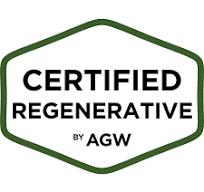
Certified Regenerative by A Greener World
This is a non-profit that works in partnership with farmers. It is based on tailored plans that reflect the unique needs of each farm, rather than a one-size-fits-all model. Producers set meaningful targets across key areas, such as soil health, water management, air quality, biodiversity, animal welfare and worker well-being. Independent auditors conduct annual on-farm visits to verify progress.
With 10 certified vineyards and counting, AGW certified France’s first regenerative certified vineyard, Chateau de Nages, in 2023 and the UK’s first Hebron Vineyard in 2024. Domaine Mirabeau is also certified, plus a growing number of others across Europe and the USA.
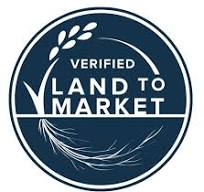
Ecological Outcome Verified
This is the scheme from the Savory Institute. It describes itself not as a certification scheme, but as a verification body. It has an outcomes-based approach assessed through their Ecological Outcome Verification (EOVTM), which provides an annual report. Requiring continuous improvement, the EOVTM combines indicators of ecosystem health, including soil health & fertility, sequestered carbon, water holding capacity and biodiversity. Growers with positive-trending data receive EOVTM certification.
The first vineyard to be verified was Mariah Vineyards in California. Hartenberg Wine Estate in South Africa has been verified. The Savory Institute’s hub in Central California, White Buffalo Land Trust, also farms vines regeneratively, with wines produced by Sandhi Wines.
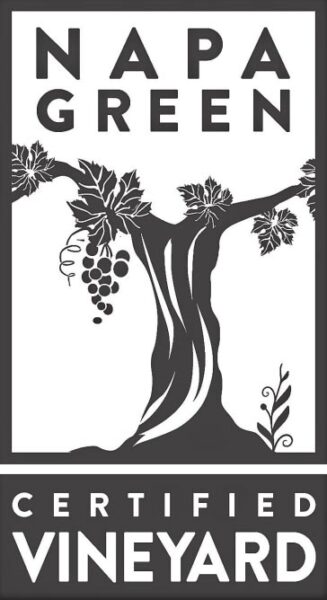
Napa Green
Napa Green is a regional certification body that has moved to regenerative certification. Around 50 of their members now have vineyards that have been certified regenerative including inspiring estates such as Grgich Hills.

Regenagri
No vineyards have yet been announced as having been certified by Regenagri, however it was reported in December 2024 by Winesearcher that Moet-Hennessy are working towards certifying some of their vineyards.
As stated above, Regenagri is collaborating with ROC on the Pathway to ROC™ certification as an on ramp to ROC.
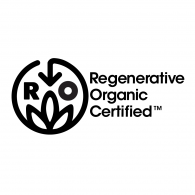
Regenerative Organic Certification
Around 40 vineyards worldwide have now been certified, mostly in the USA, but rapidly expanding globally. It was established in association with the Rodale Institute and Patagonia. It has 3 levels: Gold, Silver (highest level obtainable in year 1) and Bronze. Tablas Creek and Troon have Gold. The first one outside the USA was Domaine Bousquet in Argentina. The first one in Australia was Inkwell Wines. The first one in France is Domaine Mirabeau. Producers must also obtain organic certification. Includes a strong social aspect for workers and animal husbandry requirements.
Other certified vineyards include Weingut Jurtschitsch, Weingut Georg Toifl, Weingut Zahel and Weingut Winkler-Hermaden in Austria; Vigna Cunial in Italy; Vinedos Emiliana in Chile; Vignoble de la Bauge in Canada; and Robert Hall Winery (O’Neill Vintners and Distillers) Stag’s Leap, Solminer, Abbot’s Passage, Bonterra, Grgich Hills, Spottswoode, Ambar Estate, Booker Wines, Villa Creek, Medlock Ames, Donum Estate, Neal Family Vineyards, Gundlach Bundschu and Estelbrook in the USA.
A ‘Journey to ROC™‘ collaboration with Regenagri was launched in October 2025, giving farmers a certification option before they have attained organic certification. It allows for conversion over 3-5 years.
Information taken from the ROC website.
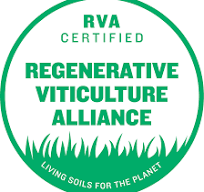
Regenerative Viticulture Alliance
This is the only scheme specific to viticulture, founded by the Regenerative Viticulture Association with Familia Torres. Operated by Ecocert, it is an international organisation, with a strong Spanish language focus. Growers are awarded transition status initially, working towards fully certified, with organic certification alongside (if they don’t already have it). After initial visit, growers self-certify until they are externally audited again after three years. There is an app to help with recording and monitoring improvements.
Seven wineries in four countries have been certified. Domaine Mirabeau and Domaine Lafage in France; Lima & Smith in Portugal; Miguel Torres Chile; and Familia Torres, Clos Mogador and Jean Leon in Spain, as well as other small Catalan growers.
RVA-certified wines are available from the 2023 vintage: La Reserve Rose (Mirabeau); Clos Ancestral White and Forcada (Torres); Nereda Blanc Bio (Lafage); and Jean Leon Vinya Gigi Chardonnay (Jean Leon).
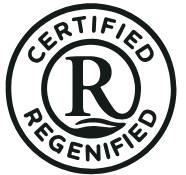
Regenified
This is a certification scheme from regenerative pioneer Gabe Brown. Certification is valid for 3 years with annual inspections by verifiers who gather 65 data points. There are 5 tiers of standards, with growers required to progress from Tier 1 (baseline evaluation and starting a plan) to Tier 2 (applying practices to 20%+ of the agricultural land base and having approved plan) to Tier 3 (applying practices to 40%+ of land and improved evaluation scores/soil tests) to Tier 4 (60%+ and improved outcomes) to Tier 5 (80%+ and maintaining outcomes).
Mendocino Wine Co is the first vineyard to have been certified (Tier 3). Domaine Mirabeau has also been certified. In the UK Waitrose supermarket’s Leckford Estate has been certified.
Information taken from the Regenified website.
Hotspots?
If you’re interested in which regions have the most certified regen vineyards, there are certainly a few hotspots. The USA is leading the way, particularly in California. Austria, Chile, France, Spain and UK also have at least three each (correct at November 2025).
List of certified vineyards (last updated October 2025)
Here is a downloadable list of vineyards certified regenerative known to the RVF. If it looks a lot longer than previously, that’s because it is! Not only are more growers choosing to be certified regenerative, but we have also added in all the Napa Green Regenerative Vineyards.
Please let us know if there are any others you know should be on the list.
Further detail on certifications (last update November 2025)
If you are looking for more detail on the different certifications, here is a downloadable pdf. Note that we haven’t yet included more detail on the Napa Green regenerative vineyard certification. It’ll be coming soon…!


